1. Austin, TX

Austin has been a hotspot for tech startups and corporate relocations, but the rapid growth is reshaping its iconic vibe. Known for its “Keep Austin Weird” culture, the city is now seeing sky-high real estate prices and an influx of transplants from across the country. Construction cranes dominate the skyline, hinting at the city’s future as a tech hub rivaling Silicon Valley. While exciting, this transformation is pricing out many locals and changing the landscape of its neighborhoods. The challenge for Austin will be finding a balance between its quirky roots and its shiny new tech-driven identity.
2. Miami, FL
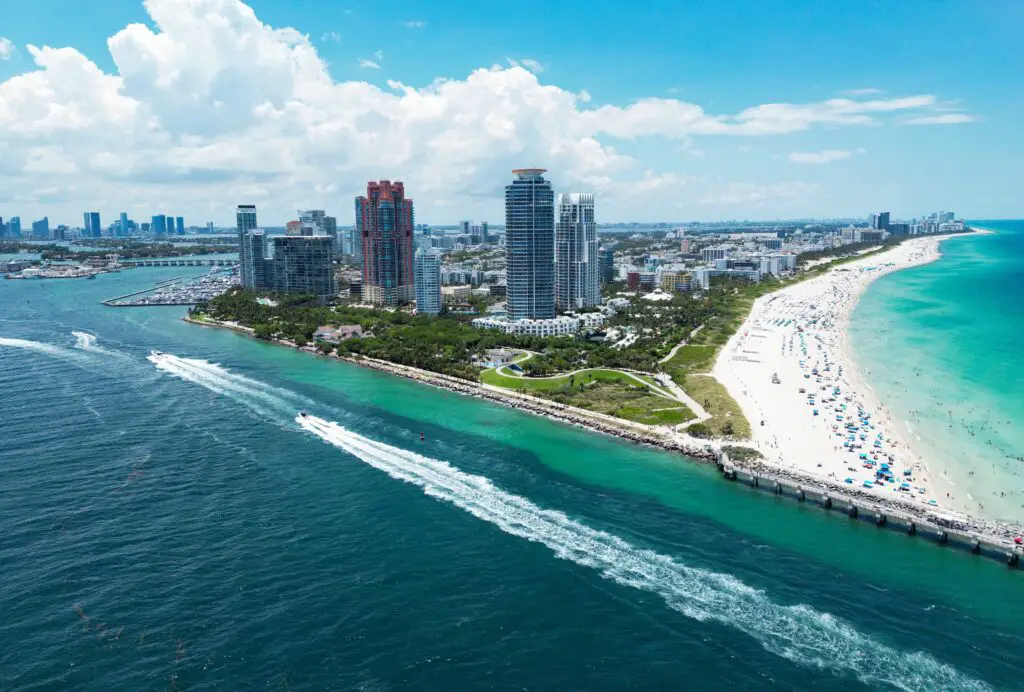
Miami is becoming the financial hub of the Americas, with cryptocurrency investors and tech entrepreneurs flocking to its sunny shores. The city is seeing luxury developments, sky-high skyscrapers, and an influx of affluent newcomers. This rapid evolution is pushing out long-time residents from historically working-class neighborhoods. On top of that, rising sea levels are also forcing Miami to rethink its infrastructure. The Magic City’s future will be a mix of glamour and resilience, as it grapples with these social and environmental challenges.
3. Nashville, TN

Nashville’s music roots remain strong, but it’s rapidly transforming into one of the South’s fastest-growing cities. With major corporations relocating here and an explosion of trendy neighborhoods, the cost of living is skyrocketing. The skyline has transformed dramatically with glassy high-rises, while historic areas are being rebranded into sleek, urban enclaves. Many worry this expansion is coming at the expense of the city’s historic charm. Five years from now, the Nashville of country legends may look more like a metropolitan juggernaut.
4. Denver, CO
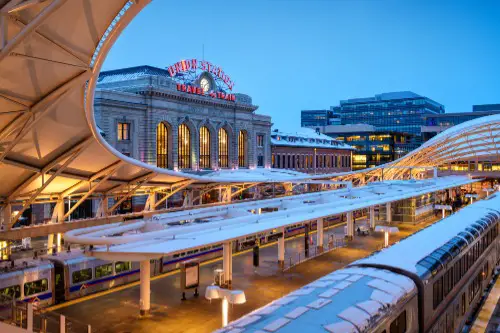
The Mile-High City has seen a population boom in the last decade, fueled by its thriving tech industry and outdoor lifestyle. Denver’s unique mix of urban living and proximity to nature has made it a magnet for young professionals. However, the rapid growth has caused housing prices to soar and traffic congestion to worsen. The city is investing in infrastructure and new developments to accommodate the influx, but this could drastically alter its laid-back vibe. If you visit in five years, you might not recognize its once-familiar skyline.
5. San Jose, CA
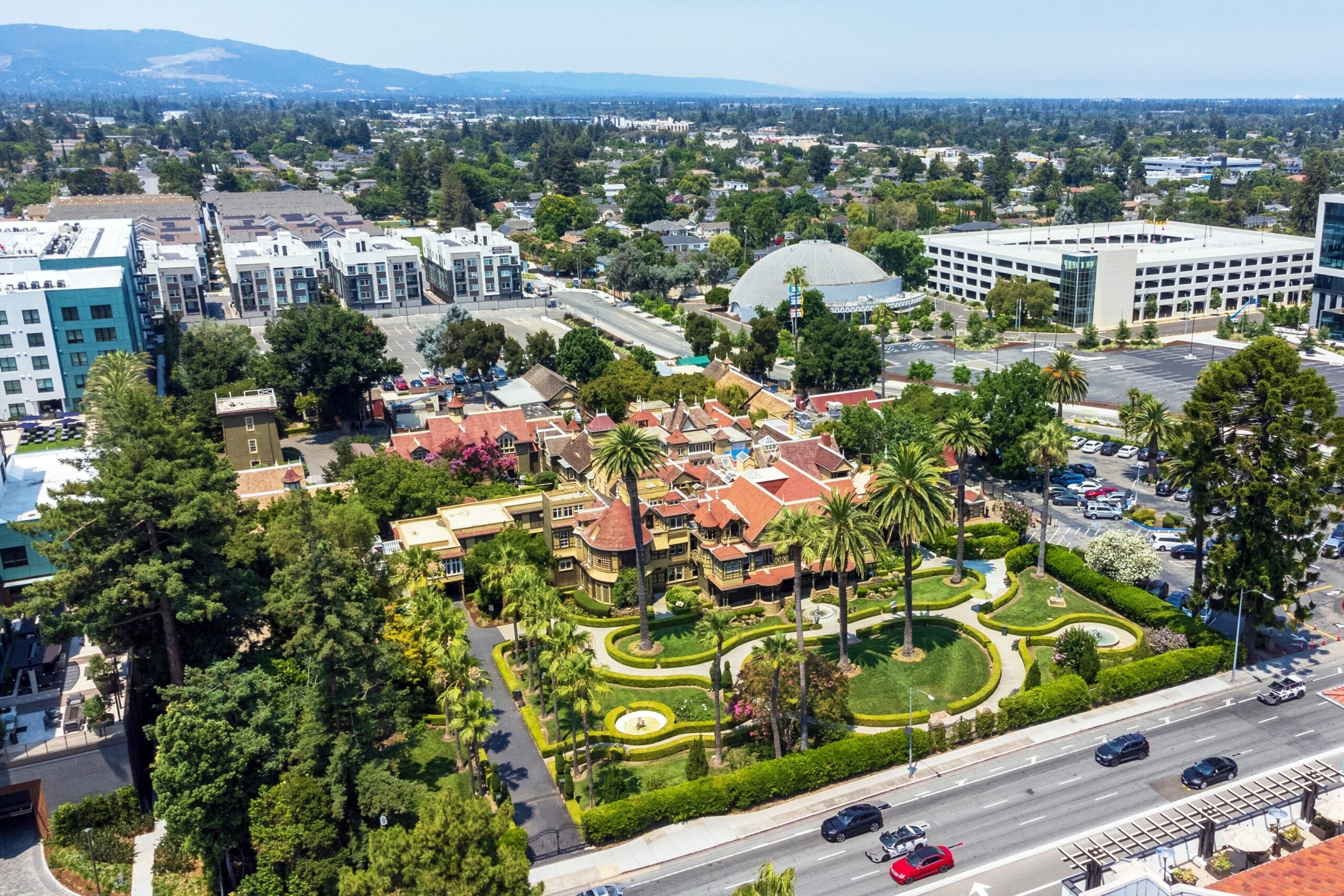
As the heart of Silicon Valley, San Jose is undergoing a massive transformation to accommodate the tech world’s continued dominance. Google’s planned campus is expected to reshape the downtown area completely, bringing new housing, office space, and retail. While this is great for the local economy, the soaring cost of living is pushing out many middle- and working-class residents. The city is also grappling with how to preserve its identity amid the tech boom. San Jose’s future will likely feature a sleek, tech-heavy facade, but at what cost to its community roots?
6. Atlanta, GA
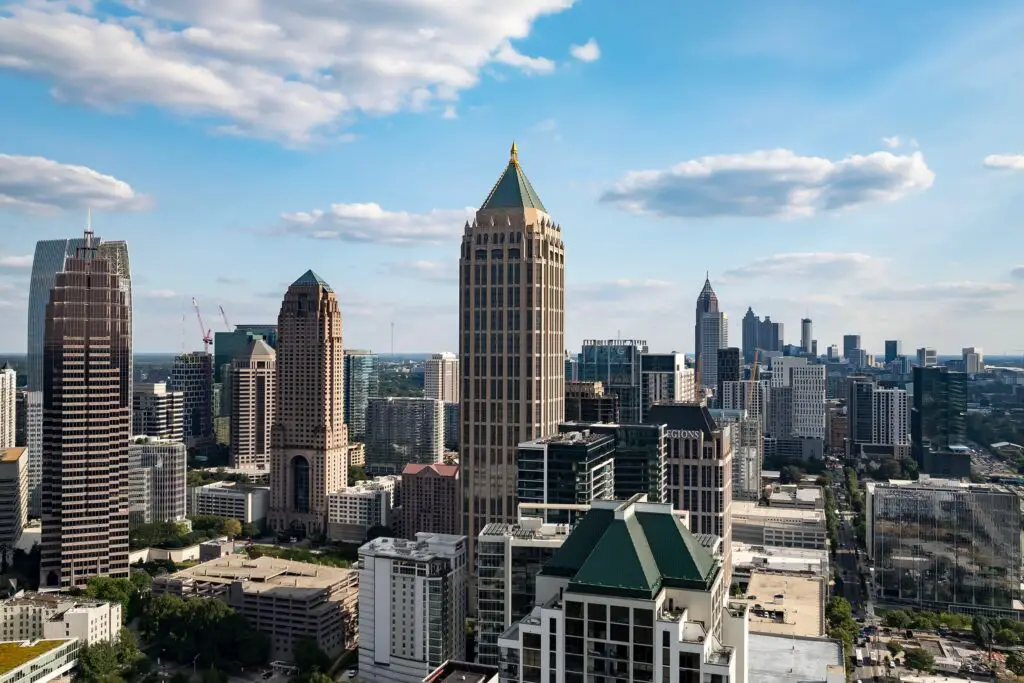
Atlanta’s growth has been explosive, with major corporate headquarters moving in and infrastructure projects like the BeltLine expanding urban access. Its cultural districts, once rich with history, are seeing gentrification at an unprecedented pace. Entire neighborhoods are being rebuilt, blending upscale developments with new retail and dining spaces. However, this comes with concerns over displacement and affordability. In five years, Atlanta’s skyline and vibe could feel more like a polished international city than the historic heart of the South.
7. Phoenix, AZ
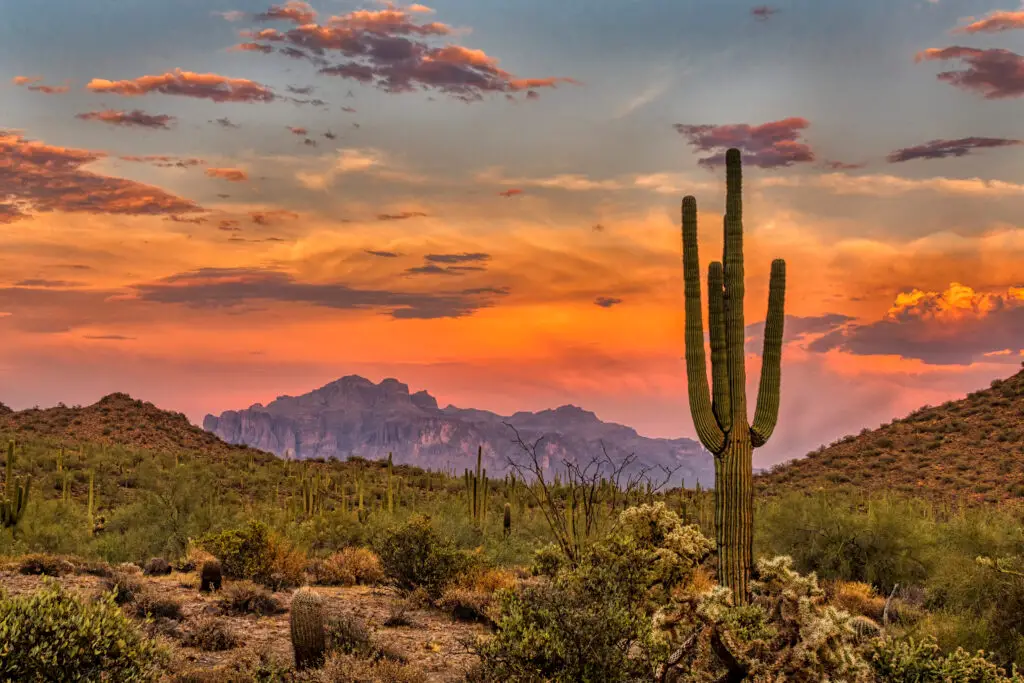
Phoenix is transforming from a sprawling desert city into a thriving metropolitan hub. With companies relocating due to Arizona’s business-friendly policies, the demand for housing and infrastructure is skyrocketing. The city is also embracing sustainability, focusing on solar power and water conservation in response to the harsh desert climate. While these changes are making Phoenix more livable and modern, they’re also erasing some of its small-town charm. By 2029, Phoenix will likely be an economic powerhouse, but one that looks vastly different from today.
8. Seattle, WA
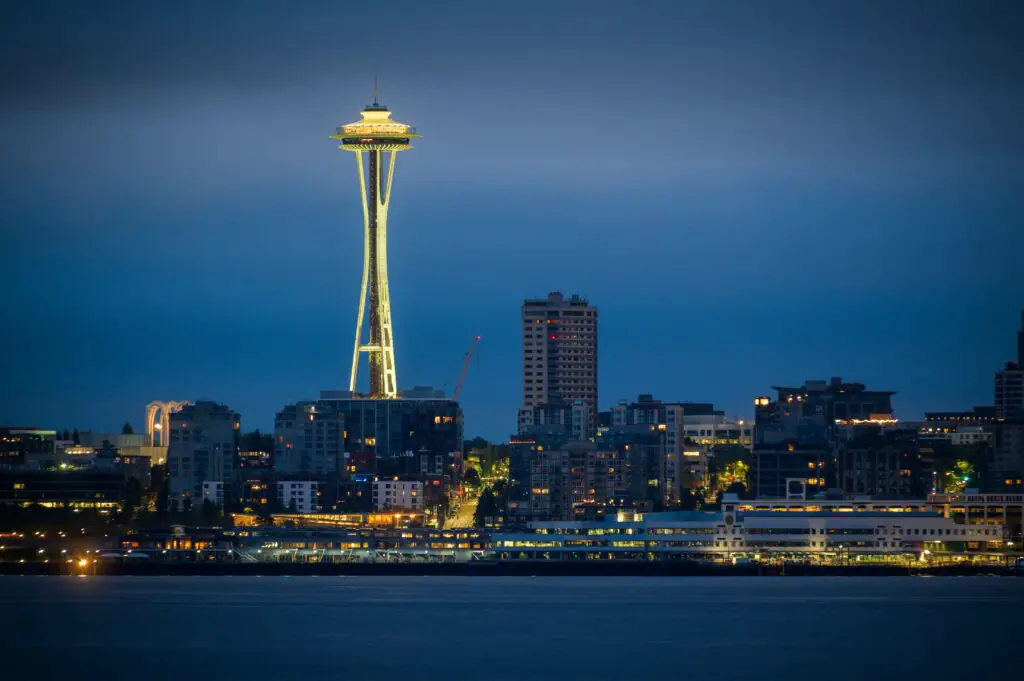
Seattle’s tech boom continues to reshape the city as Amazon, Microsoft, and countless startups expand their footprint. The iconic Pike Place Market and Space Needle remain, but the city’s neighborhoods are morphing into high-density urban centers. Rising housing costs have created an affordability crisis, driving many locals further away. With new infrastructure projects and green building initiatives, the Seattle of five years from now may feel more futuristic and corporate, but less like the quirky, rainy city it’s known to be.
9. Las Vegas, NV
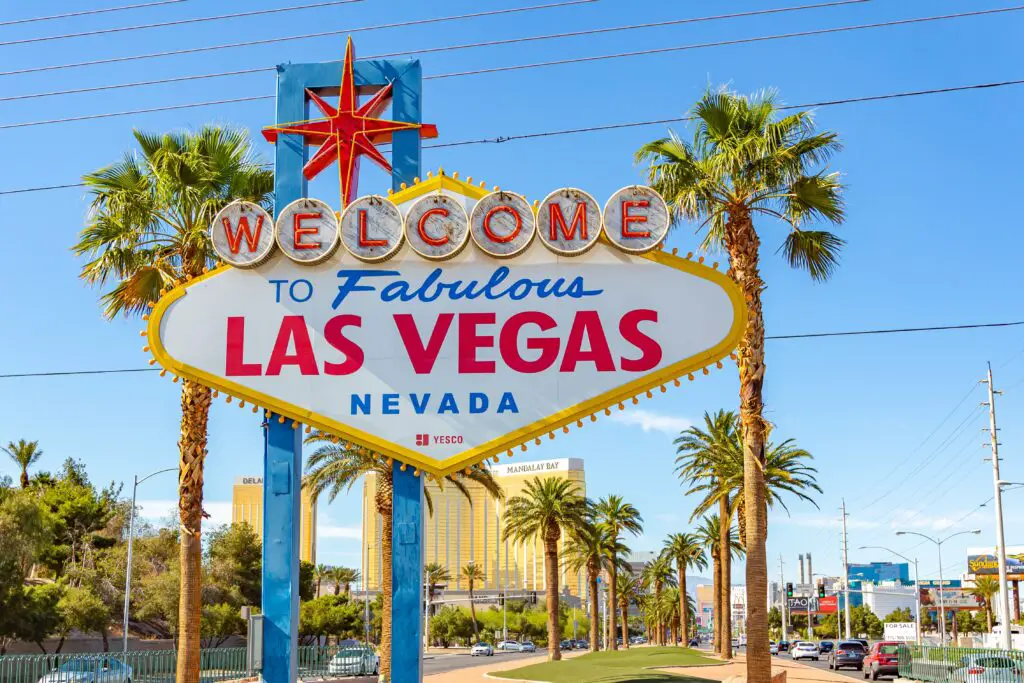
Las Vegas is no longer just about casinos and nightlife; it’s becoming a diverse, family-friendly city. Tech companies and remote workers are flocking to the area for affordable housing and Nevada’s tax benefits. Downtown Vegas is seeing a resurgence with new arts districts and trendy eateries, while suburban developments are booming. However, this growth could strain water resources and infrastructure. In five years, the Vegas you visit might surprise you with its modern, multifaceted appeal.
10. Charlotte, NC
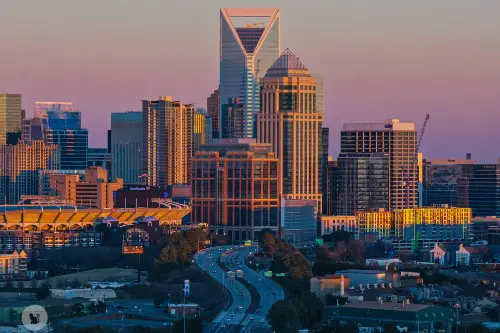
Charlotte’s financial district is booming, and its population growth is off the charts. The Queen City is becoming a banking and tech hub, with luxury apartments and mixed-use developments reshaping the skyline. However, the rapid pace of change is creating challenges around traffic congestion and affordable housing. Historically Black neighborhoods like Cherry are undergoing significant gentrification, raising concerns about cultural displacement. Charlotte’s transformation into a cosmopolitan city is inevitable, but it will be vastly different from its Southern roots.
11. Detroit, MI
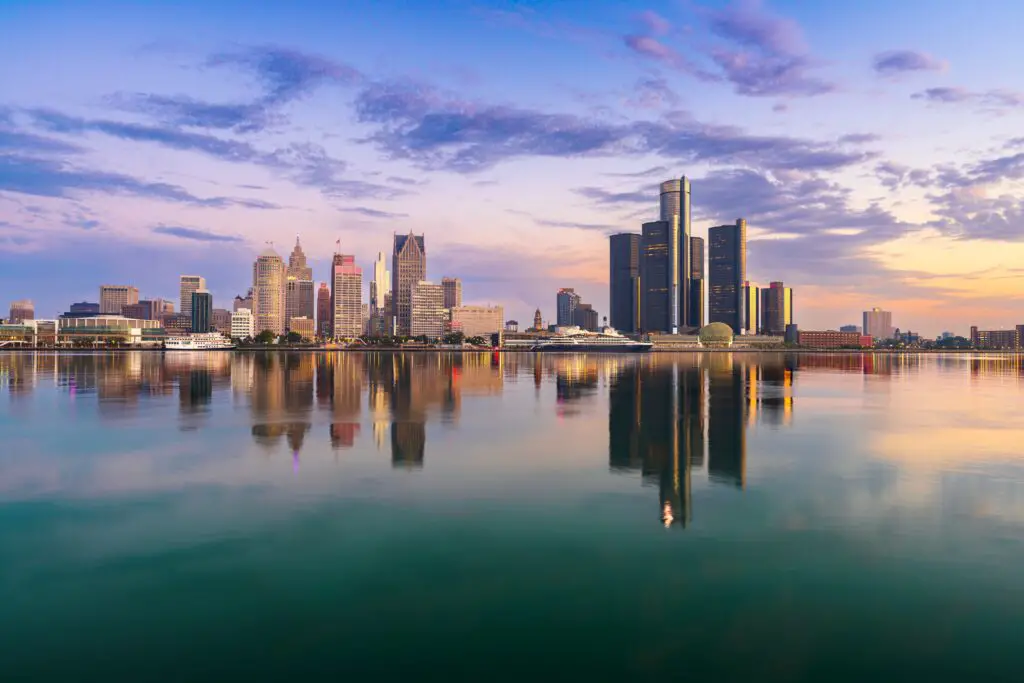
Detroit’s comeback story is one of the most exciting in America, with tech startups and new developments breathing life into the city. Once known for its decline, downtown is now buzzing with innovation hubs, trendy restaurants, and revitalized neighborhoods. However, this rebirth is creating stark contrasts between flourishing areas and struggling communities. The next five years will see Detroit lean further into its renaissance, but with a careful eye on inclusivity and sustainability. The Motor City is well on its way to becoming unrecognizable, in the best way possible.
12. Tampa, FL
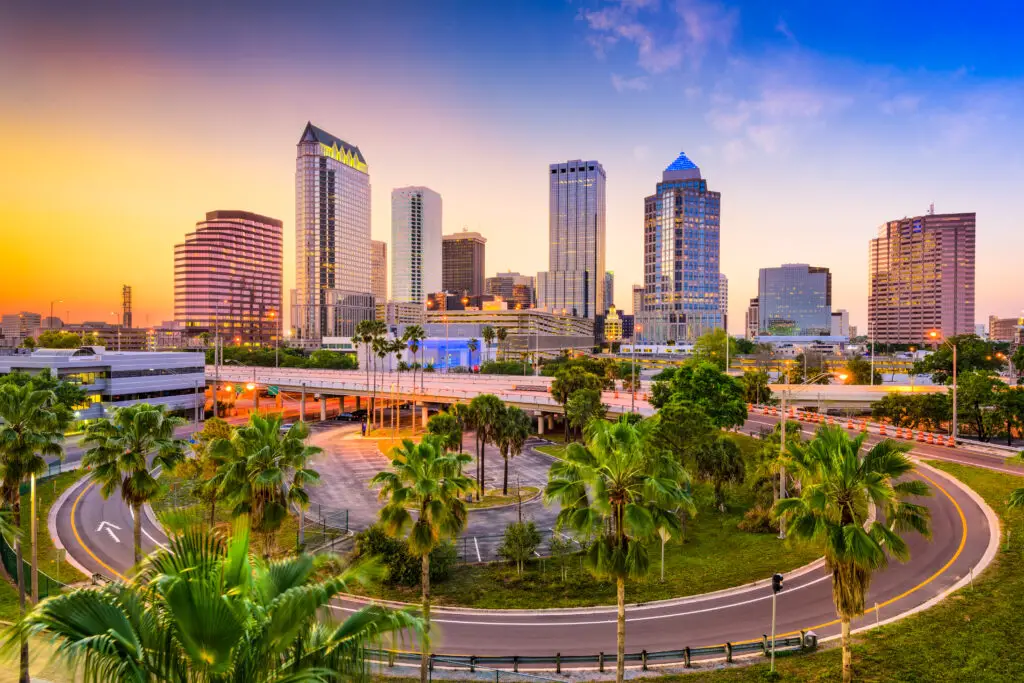
Tampa is evolving into a vibrant coastal metropolis, with developments like the Water Street Tampa project bringing luxury living, office space, and entertainment to downtown. The city’s infrastructure is being overhauled to support its growing population, and it’s quickly gaining a reputation as a hotspot for young professionals. However, Tampa is also facing environmental challenges like rising sea levels and hurricane risks. In five years, the mix of opportunity and resilience will define Tampa’s new identity.
13. Portland, OR
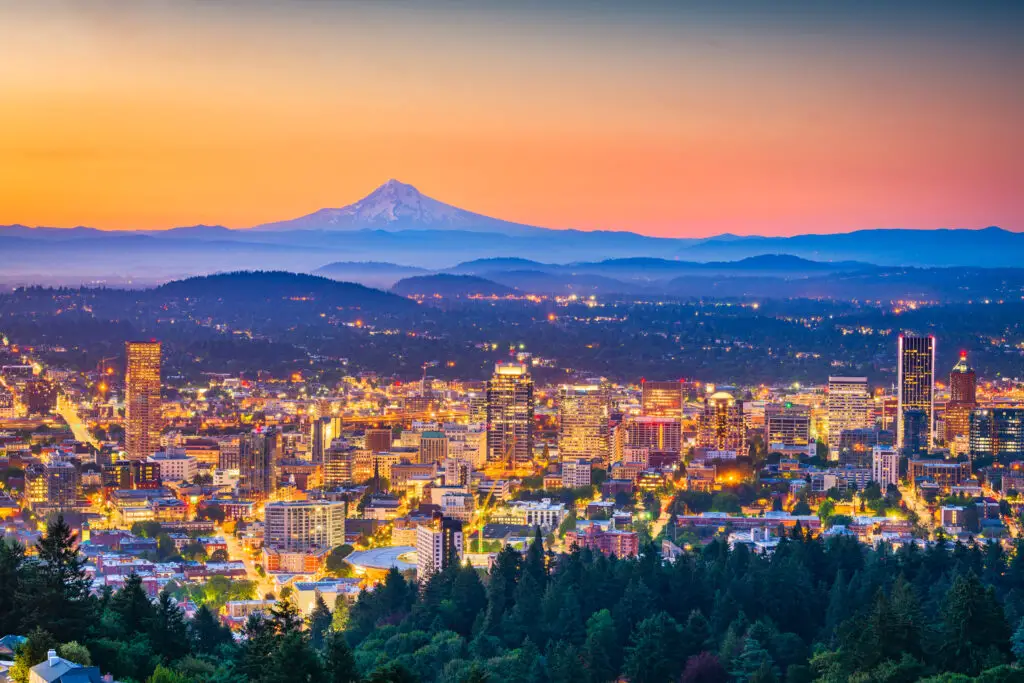
Portland has always been known for its progressive culture, but it’s now grappling with rapid population growth and urban expansion. The city is investing heavily in housing, public transit, and sustainability projects to keep pace. However, some locals feel Portland is losing its quirky, independent spirit as corporate development takes hold. In five years, the city could emerge as a model for green urban living, albeit with a different cultural vibe than its past.
14. Chicago, IL
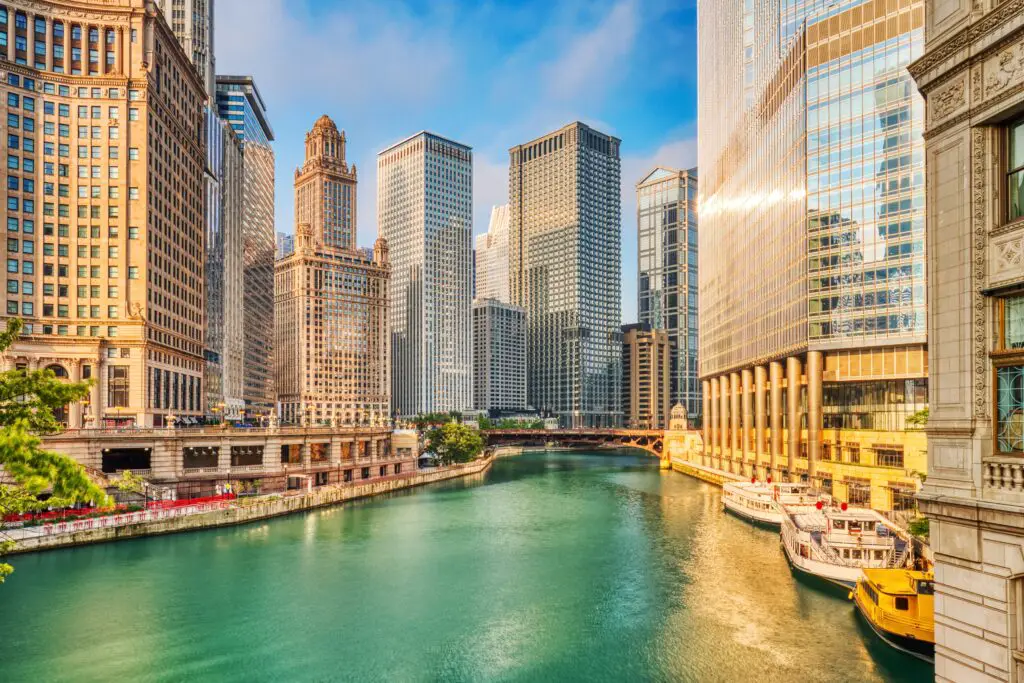
Chicago is focusing on revitalizing its neighborhoods and downtown core, with major projects like the $7 billion O’Hare expansion and Lincoln Yards development underway. The city is also tackling challenges like crime and economic disparity head-on. While these initiatives are bringing fresh energy, they’re also transforming the city’s identity. Once known for its historic charm and blue-collar roots, Chicago could look and feel much sleeker in five years. Balancing modernization with tradition will be key.
15. Dallas, TX
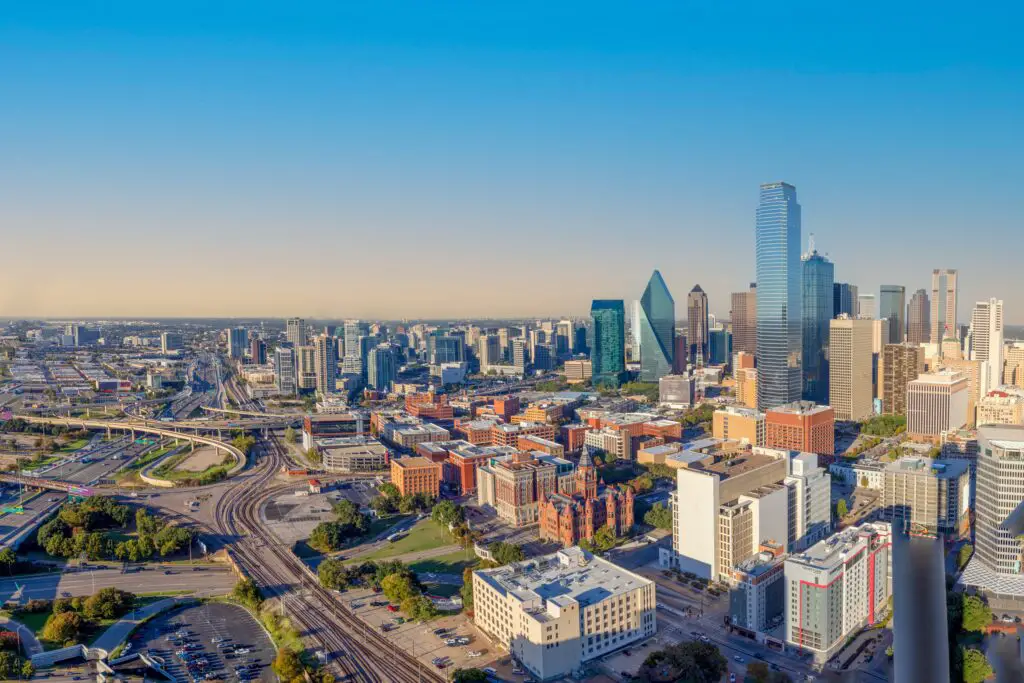
Dallas is growing at a breakneck pace, attracting companies, new residents, and massive infrastructure projects. The city is building new entertainment districts and expanding public transit to accommodate its booming population. However, this growth is reshaping neighborhoods and making affordability a concern for many locals. Dallas in five years could feel like a sprawling metropolis with a modern edge, far from its cowboy past.
16. San Diego, CA
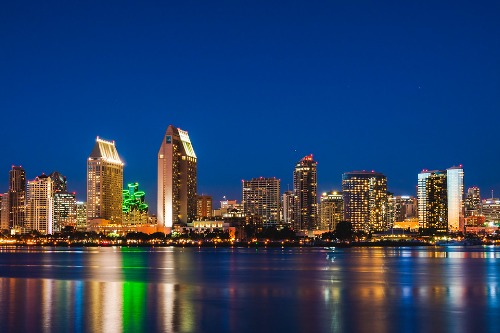
San Diego is experiencing an urban renaissance, with new housing developments and public transit expansions aimed at combating the housing crisis. The city’s tech and biotech industries are also growing, attracting a younger demographic. However, the charm of its laid-back beach lifestyle is being tested as density increases. In five years, San Diego could look more like a high-tech hub with less of its familiar SoCal vibe.
17. Salt Lake City, UT
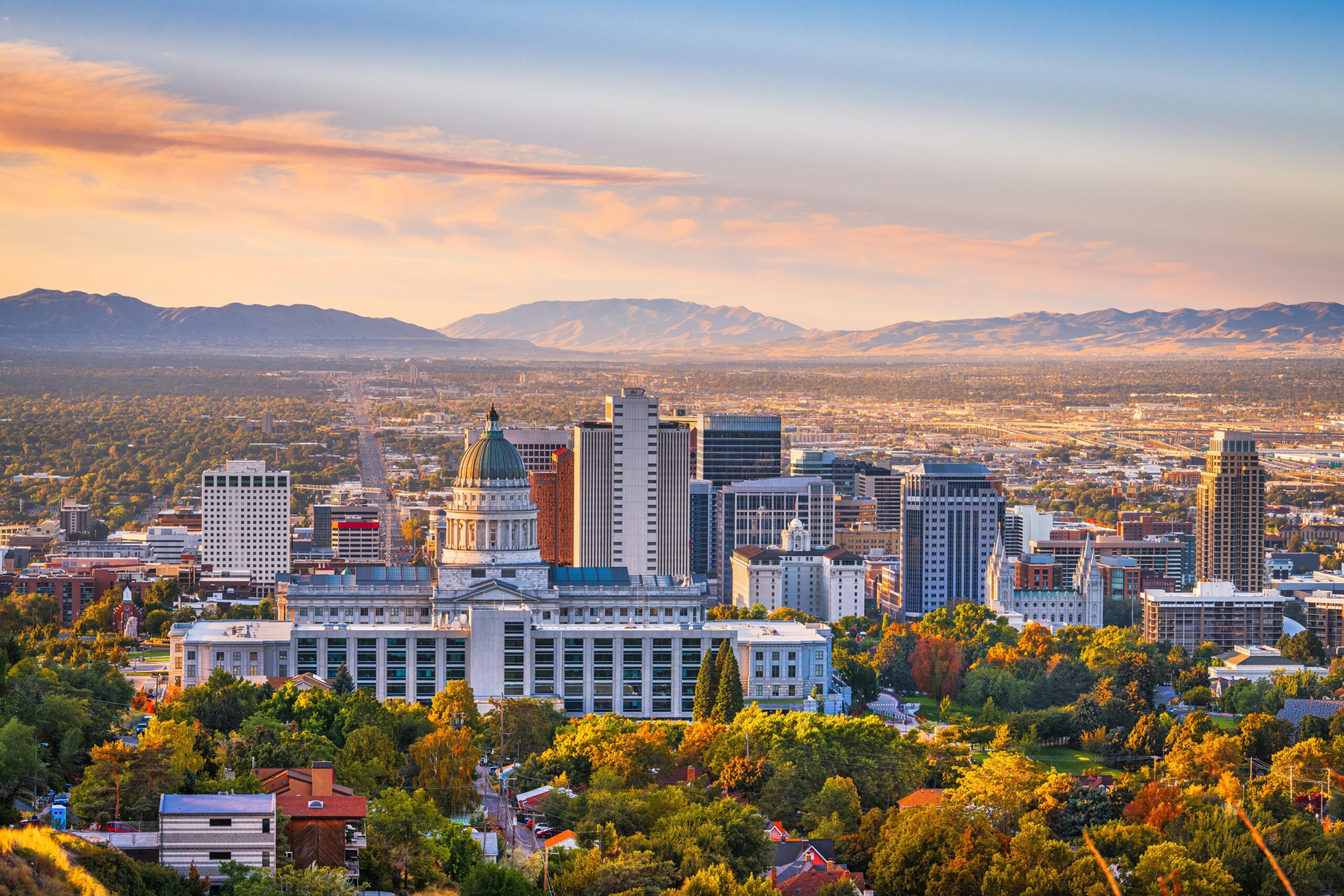
Salt Lake City is on the rise as a tech hub, with startups and established companies setting up shop in the region. The city’s population is growing rapidly, prompting new housing developments and transportation projects. However, the increased urbanization is altering the city’s peaceful, family-friendly atmosphere. Salt Lake City in five years will likely be a vibrant economic center, but one that feels quite different from its current state.
18. Houston, TX
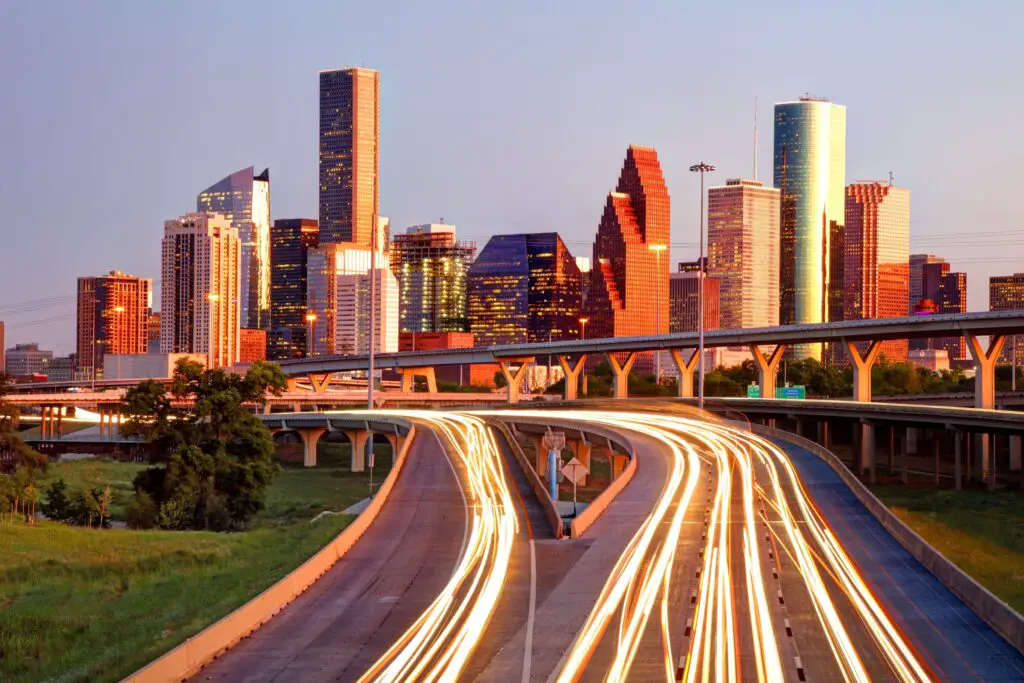
Houston is preparing for massive growth, with new industries like renewable energy reshaping its economy. The city is also investing in flood control and infrastructure to address its vulnerabilities to extreme weather. Gentrification is spreading through historic neighborhoods, bringing change but also raising concerns about displacement. Houston in five years will likely be a modernized, resilient city, yet its transformation might surprise even lifelong residents.


